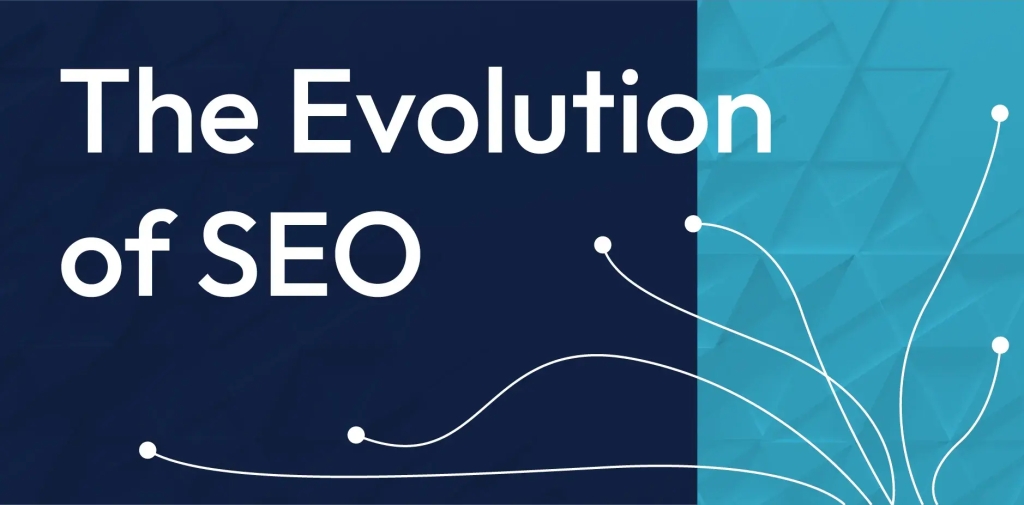The search engine is a software system designed to search for information from the World Wide Web according to the search query. Ex: google, yahoo, Bing, Baidu, etc. Search Engine Optimization is a process or technique in digital marketing that involves optimizing websites for search engines like Google, Bing, Baidu etc.

History of Search Engine Optimization
In 1996, Larry Page and Sergey Brin developed Back rub, a search engine that later became Google. Google was not very popular in the early days, Like Yahoo. After the World Trade Center attack in 2001, some people who used Google as a search engine did not get results about the World Trade Center. When they searched in the Google search engine. After that, Google officials called a meeting. The main question discussed was why the user could not get results about the World Trade Center. As few people in them came into conclusion that not all web pages were not crawlable to robots/bots. After much discussion, Google decided to release a 33-page starter guide, which is called SEO starter guide. Google search engine works at three stages. Crawling: In the context of SEO, crawling is the process in which search engine bots (also known as web crawlers or spiders) systematically discover content on a website. Caching: the process of storing certain assets locally so that they can be used again without requiring a full round-trip request to the server. Indexing: organize your website content into a central database.
Evolution of SEO

Until 2000-2006, Google hesitated to change the Google algorithm. Because Google introduced Google Ads in 2000, and Google AdSense in 2003. Google thought that Google Ads words would be affected by the algorithm change. Google AdWords later renamed to Google Ads or Pay Per Click(PPC) is a digital advertising platform that allows you to get your ads in front of your target market. Google AdSense is a free of charge, simple way to earn money by displaying ads next to your online content. Google evolutionary process bought many changes. In the early days, Google made content specific in the first algorithm and made the number of focus keywords the ranking criteria. But when some webmaster and SEO doing people used black-hat technique like keyword stuffing, google change ranking factor from content specific to link specific. Layer google made page rank, passing the juice the ranking criteria. Page Rank is an algorithm used by google search to rank webpages in their search engine results. Passing the juice is passing equity from one website to another website, also bring REL= no follow attribute. Google introduced personalized search results in 2008. In 2009 Google made user interaction as a ranking factor. In the same year, Google introduced the bounce rate. The bounce rate of a website means the rate of visitors who come to a page on the website leave without taking any further actions. In 2010, it introduced social media signals.
Social Media Signals
Introduced in 2010. Social signals are the feedback that you receive from users on social media channels. If we share the article, blog website in the social media that we publish, the ranking will improve. But later, when everyone used it as over, Google made user interaction, discussion, like, share as the ranking factors. Google later turned the likes and comments of people with social authority value into ranking factors.
Leave a comment